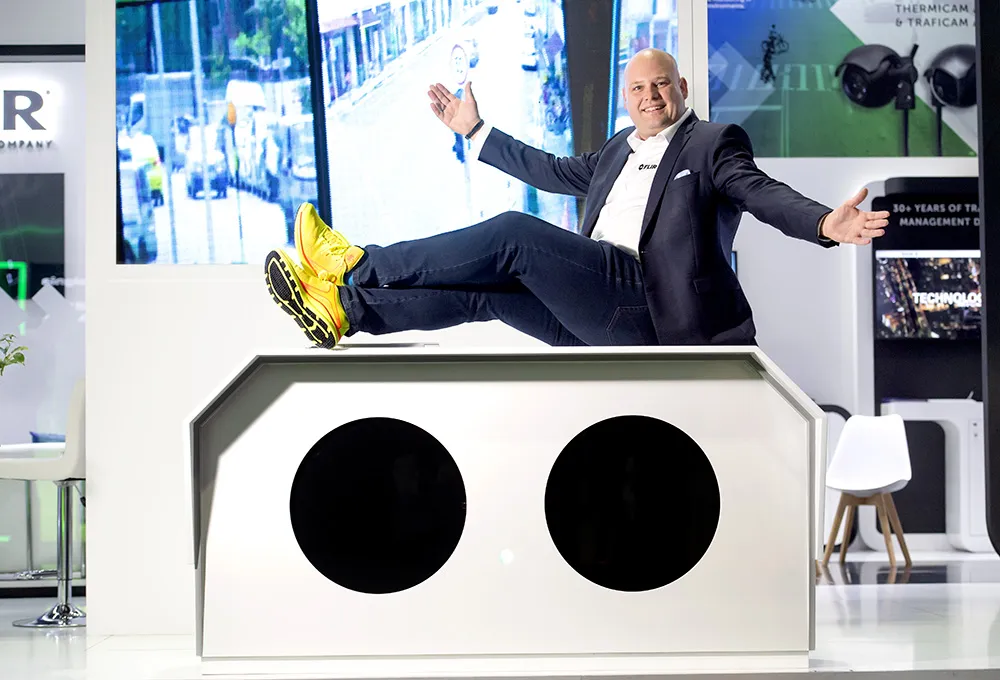Called Volant Duo, the device comes with a dual-adaptive infra-red and white light Light-emitting diode illuminator option to provide lighting for its Starvis sensor up to 150m in darkness.
Stephen Lightfoot, technical director at Redvision, said: “The Volant Duo offers both thermal and IP sensors in the same rugged, PTZ camera body. The thermal sensor is a 640x512 pixel, 17µm, Uncooled Vox Microbolometer with fixed lens options of 9, 13, 19, 25, 35 and 50mm, for wide angle through to long distance viewing.”
“The Volant Duo uses Infinity direct drive, brushless DC motors for its fast, accurate and silent operation. These give continuous rotation in both the pan and tilt axis, at up to 360°/second to a preset, but can also move extremely slowly to track a target or person in the distance. The Infinity motors deliver military-level, positional accuracy, and if knocked out of position, will recover to their correct position”, Lightfoot added.
Redvision launch combines thermal and IP, rugged PTZ camera
Redvision has launched a combined thermal and Internet Protocol (IP) rugged pan, tilt and zoom (PTZ) camera for tough, hazardous and corrosive outdoor environments.
Called Volant Duo, the device comes with a dual-adaptive infra-red and white light Light-emitting diode illuminator option to provide lighting for its Starvis sensor up to 150m in darkness.
Stephen Lightfoot, technical director at Redvision, said: “The Volant Duo offers both thermal and IP sensors in the same rugged, PTZ camera body. The
April 19, 2018
Read time: 2 mins
Redvision has launched a combined thermal and Internet Protocol (IP) rugged pan, tilt and zoom (PTZ) camera for tough, hazardous and corrosive outdoor environments.









